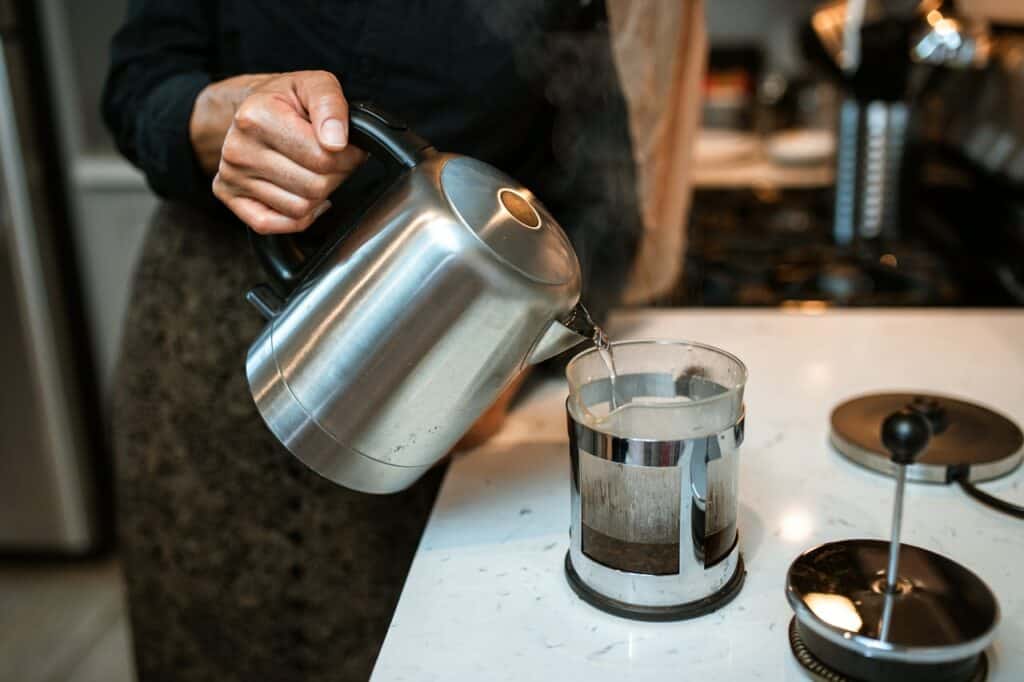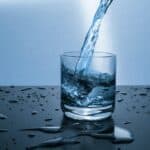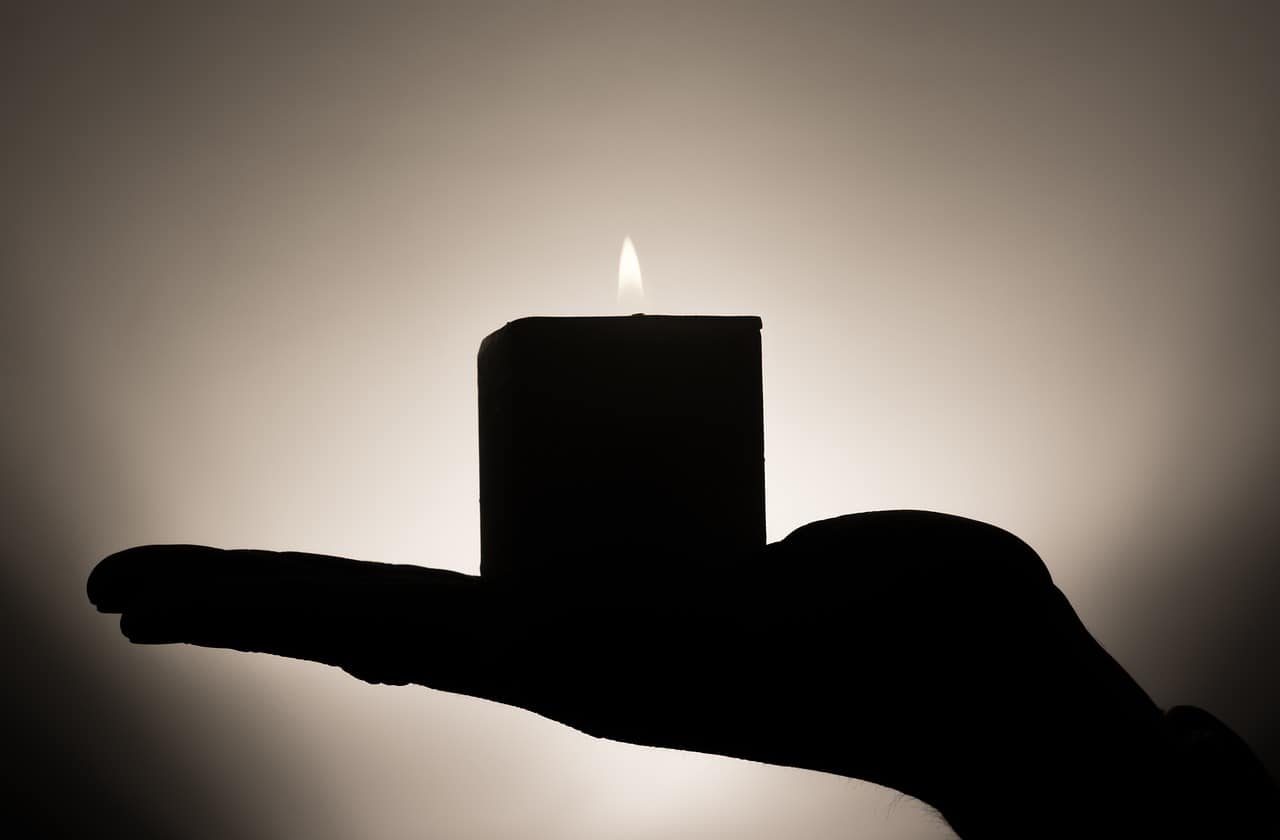Heating water to a boil may seem normal since everyone has done that at one point in life. However, do we know what happens when the water starts boiling? Understanding the dynamics of heating water can be fascinating, especially when it comes to a boil.
It is important to note that water boils at different temperatures depending on the atmospheric pressure. In some places, water may boil at temperatures above 212°F (standard boiling temperature of water), and in other places, it can boil at temperatures below the standard.
For instance, water boils at slightly lower temperatures in lower pressure regions. However, regardless of the atmospheric pressure, when water starts boiling, the temperatures remain the same.
When the liquid water is vaporizing, the temperatures remain the same throughout the transition period. The temperatures will not increase even if you provide more heating. The water can only boil vigorously and vaporize quickly, but the temperatures will remain constant throughout the period.

Can Water Get Hotter Than Boiling?
When temperature increases gradually during the heating process, the heat energy triggers the kinetic energy in the water molecules, and they start to collide and move faster as the temperature rises. When the molecules gain a lot of energy, they start breaking away from their attachments.
As heat increases, the collision increases, forcing the molecules to break away further. At this moment, the water temperature is almost 212°F.
Once the boiling point is reached, bubbles arise ad erupt to release steam. The steam is the gaseous state of water and can be observed and felt as the water continues to boil.
The vapor can be seen since, as it evaporates, it collides with the surrounding air and cools into cloudy particles.
However, when water transforms to a gaseous state, the gas is not visible. If heating continues, all the water will vaporize into the air. However, the vapor can be condensed to harvest the water as liquid droplets.
That is what is referred to as the boiling process, and the temperature of the water does not change during this phase. The transition of a liquid to gas utilizes heat energy, and it is the reason the temperatures remain constant even when more heat is applied.
To explain this phenomenon, once the heat is increased during the boiling process, more energy is absorbed by the molecules. Therefore, more molecules will be gaining a lot of energy per second. The energy will force the molecules to detach from each other as they collide.
At this moment, more vapor will be lost in the surroundings as boiling gets more vigorous. However, the temperature of the water will not increase since it is used to propel the transition process. Extra heating only makes the transition from liquid to gas to be fast.
How Hot Can Water Get?
Depending on the pressure, water can get very hot. However, on standard atmospheric pressure, above 212°F, the water turns into vapor. Vapor is an unstable form of water molecules that become excited and jump into the gaseous state.
Notably, water can still be hotter than 212°F when it is in a condition referred to as superheating. During this process, the water does not boil even after the boiling point temperature is reached. This condition is achieved when the water is boiled in specific situations that limit atmospheric disturbances.
For instance, you may experience superheating when boiling water using a microwave. In this case, the water should be pure, and a smooth container should be used. However, a slight disturbance will lead to an explosive boil.
On the hand, using specialized processes and equipment, water can reach about 4532°F. Nonetheless, remember that to achieve these high temperatures, water is no longer in its liquid form. These temperatures can only be achieved at very high pressures.
At 4532°F, hydrogen and oxygen bonds start to dissociate. At this moment, a chemical change occurs, and the water breaks down to its molecular components (2 hydrogens and an oxygen molecule).
Therefore, it is possible to obtain high temperatures from water that is in gaseous form (the pressure is very high). However, at standard atmospheric pressure, water can only reach 100 degrees Celsius (212°F).
Is Steam Hotter Than Boiling Water?
Steam is hotter than boiling water. A burn from steam is much more devastating than that from a spill of boiling water. Although technically, the temperature of the water during the transition from liquid to vapor remains the same, the steam has more energy.
At 100 degrees Celsius, water boils and begins to transform into a gas state. Energy is required for this change to occur. When more heat is added to the boiling water, the additional energy is used in the vaporization process. It is referred to as the latent heat of vaporization.
During this process, temperatures do not change, and therefore, steam and boiling water will be at the same temperature. However, the steam has more heat since it uses more energy to vaporize.
It is the reason steam is much hotter than boiling water. The additional heat used in the vaporization process makes steam hotter.
Here’s a video that explains how steam and boiled water can cause burns:
How Hot Can Superheated Water Get?
Superheated water can be experienced when using the microwave. The water may become superheated and remain a stable liquid without bubbling even after reaching the boiling point of water.
It might be quite dangerous, and you should avoid superheating the water unless you understand the dynamism of superheating.
Superheated water is water in a liquid state and can reach temperatures above 212°F. Notably, superheated water can reach 705°F (374 degrees Celsius) under the right superheating conditions.
The high temperatures are obtained since there is no nucleation due to the high pressures.
In a superheating state, the liquid attains higher temperatures without vaporizing even after reaching the standard boiling point. The process occurs when the liquid temperature is high, so its vapor pressure is more than that of the air.
Important Facts
- When water starts boiling, the temperatures remain the same throughout the transition phase.
- Steam is hotter than boiling water due to the energy from the latent heat of vaporization.
- Superheated water can stay in a liquid state even after the boiling temperatures have been reached.
- Superheating can be experienced during microwaving water.
Final Words
The temperatures remain the same throughout the transition period when boiling water. The temperatures will not increase even if you provide more heating. However, increased heat shortens the transitional period.
Remember that steam burns hotter than boiling water. Also, to conserve energy, avoid adding more heat to boiling food. Instead, balance the heat such that there is a gentle boil on all sides of the boiling pot. Any additional heat will not significantly increase the time taken to cook your meal.
During superheating, liquid water can attain temperatures more than the standard boiling point temperatures. Water can achieve high temperatures during superheating, and the process should be handled with care.





